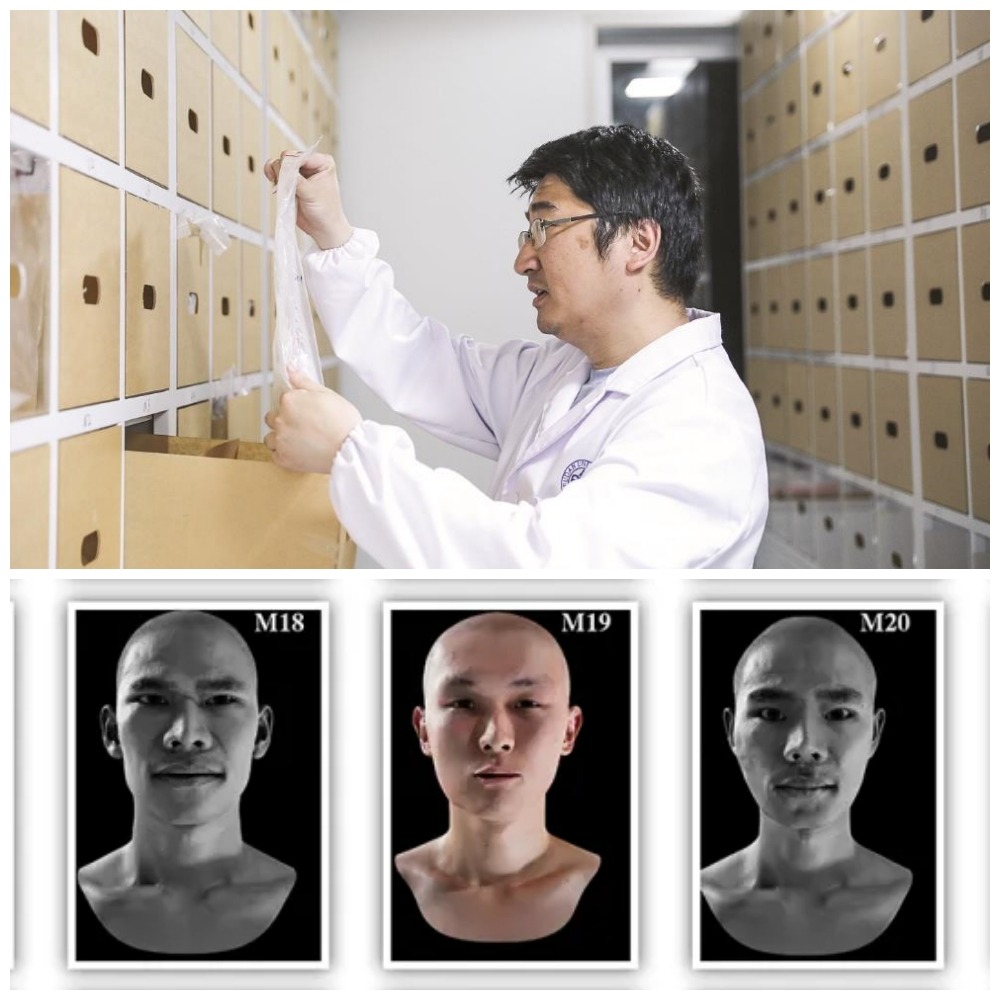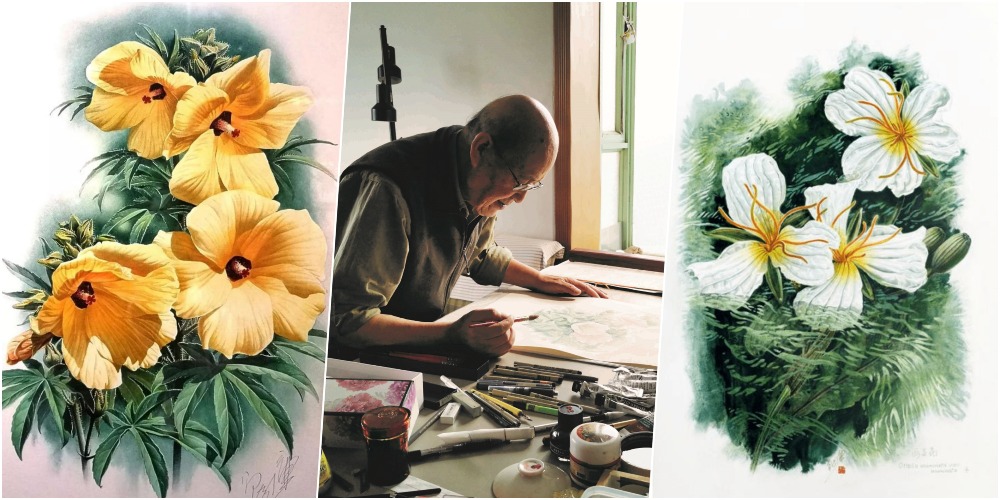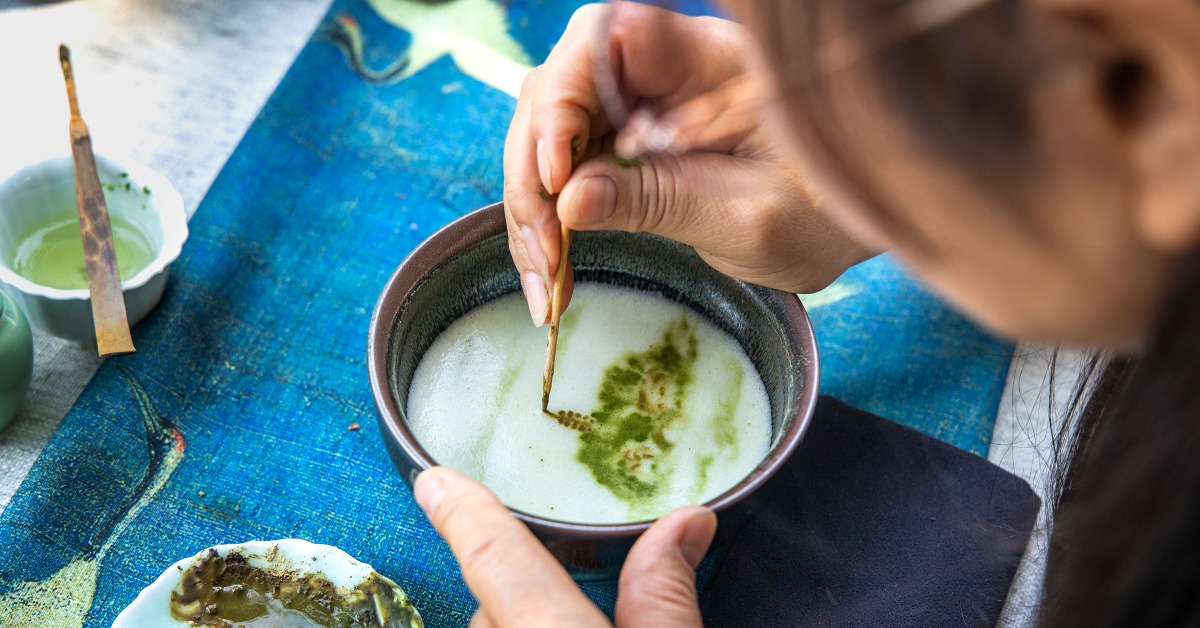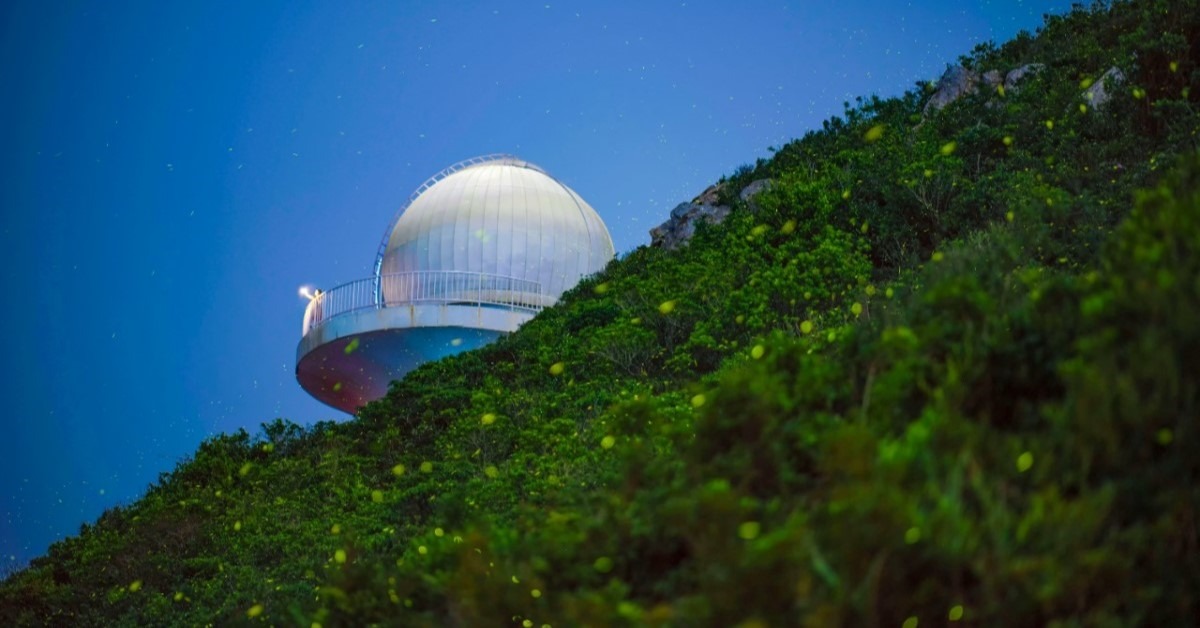Published : 2024-05-20
In 2024, the facial features of ancient Chinese emperors were reconstructed for the first time through new technology. The team responsible for the reconstruction, led by Wen Shaoqing, is from the Institute for Archaeological Science at Fudan University.
In addition to studying ancient emperors, Wen's team also embarks on another vital task: using DNA technology to uncover the identities of war martyrs and to locate their relatives.
Recreate the image of ancient emperor with DNA technology
What can 200 milligrams of bone powder tell us? Human origin, human history, ancient pathogen evolution, extinct creatures... Answers to these questions could be found through DNA technology, with which Wen Shaoqing is working on various scientific research.
Amongst the projects, the most famous work is the reconstruction of the appearance of Emperor of Northern Zhou, Yuwen Yong.
After six years of relentless efforts, the team successfully extracted about one million usable genetic loci from the bone sample of Yuwen Yong with a capturing probe specifically made for ancient DNA, and then reconstructed some key features, such as his hair, skin and pupils, and created a portrait of this ancient emperor.
Read more: The mysterious early death of the emperor Yuwen Yong
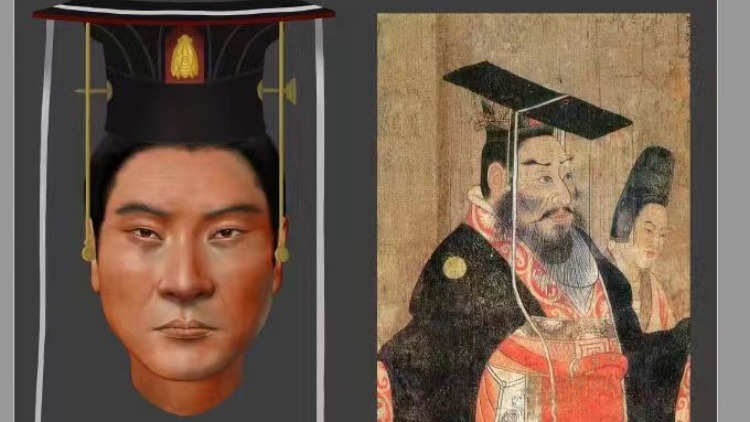
Though Yuwen Yong was an original member of the Xianbei (鮮卑) tribe, he actually had black hair, yellow skin, and brown eyes, which are more commonly found on the looks of Northeast Asians or East Asians.
Upon further investigation of his family records, it turned out that his grandmother, Madam Wang, might have been a Northern Han Chinese woman, which provides direct evidence of the ethnic integration at the time.
Identifying unknown martyrs
Apart from being concerned with grand history, Wen Shaoqing also cares about the fate of individuals.
Based on incomplete statistics, approximately 20 million martyrs in China have died for the country since modern times, of whom only 1.96 million were known with names, and more than 90 per cent of the martyrs are anonymous.
To identify these unknown martyrs and to find their families, DNA technology is needed, which Wen Shaoqing specialises in.

In early 2023, Wen Shaoqing received an invitation from the government of Lu'liang City in Shanxi to conduct archaeological exploration and molecular archaeological identification of a martyr cemetery in Nan Village, Fangshan County.
Three months later, a team of more than ten archaeologists, organised by Wen, arrived at the site.
The team members' research spans across various areas like molecular archaeology, skeletal archaeology, isotopic archaeology, historical anthropology, ancient environmental DNA, and pathological imaging.

After eight days of work, 49 sets of martyr remains were exposed. Other unearthed items include over 90 artifacts such as copper buttons, bullets, rifle rounds, jade seals, enamel bowls, and plastic toothbrushes.
According to archaeological conventions, Wen Shaoqing's team numbered the martyr bones from M1 to M49. Apart from one seal engraved with the name "Wang Zhirong", there is no way to find out who the remaining 48 people were or what they experienced when they were alive.
Although only several decades have passed, these DNA samples have degraded into short fragments. To meet the requirements of complex kinship identification, the team tested 1.24 million loci for each sample from each martyr.
Wen explained, "Forensic genetic markers are probably below the level of 60. We want to test 1.24 million because only by testing so many loci can we meet the demands of complex kinship searches."
Read more: Find names of those unknown! This relay is always ongoing
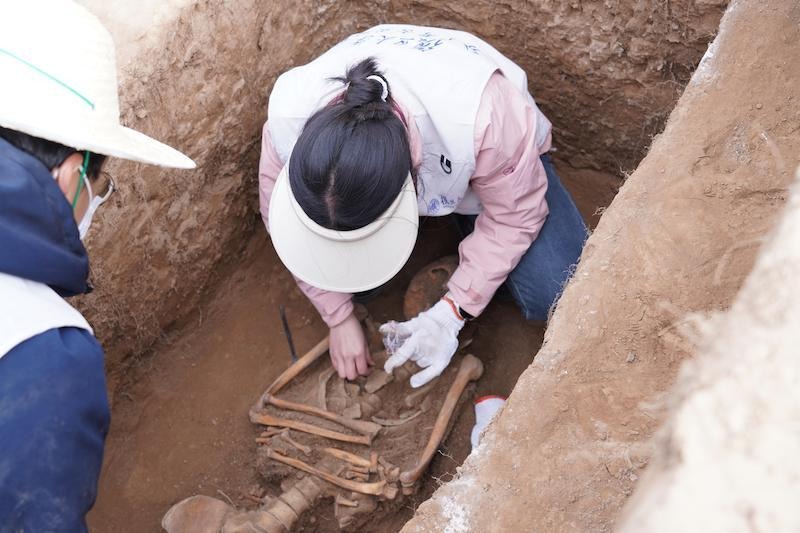
The government's request was DNA identification, but for Wen Shaoqing, he wanted to do more than just that.
"In my heart, I also want to tell the story of the martyrs themselves through scientific methods. I hope the martyrs can actively tell me their revolutionary stories through data."
Therefore, Wen turned the research into an comprehensive study. In addition to building a DNA database, he also used state-of-the-art techniques of 3D scanning and ancient-DNA to reconstruct the faces of the martyrs.
He said, "In my opinion, restoring their faces is one of the basic respects to them. When we go to see a martyr and a monument, it would be so great if the monument has the right name and photo on it."
Changing numbers to names
Efforts do pay off. In July 2023, a martyr's nephew asked the local government for help in search for his uncle, who is called Cui Haizhi .
How to identify this martyr from the pile of bones? Wen Shaoqing's team tested over 1.4 million genetic loci to identify the complex uncle-nephew kinship.
After comparing the DNA of the kinship seeker, the team finally confirmed that M19 from the martyr cemetery is indeed Martyr Cui Haizhi.

A few months later, a new monument was erected in the local martyr cemetery, and the name on the monument changed from a number to "Martyr Cui Haizhi."
Wen Shaoqing named this kin-search operation "The Lighting Programme." He said the name was to call and attract young people to get to know, remember, and commemorate this part of history.
"We need to remember the past to better move towards the future."


